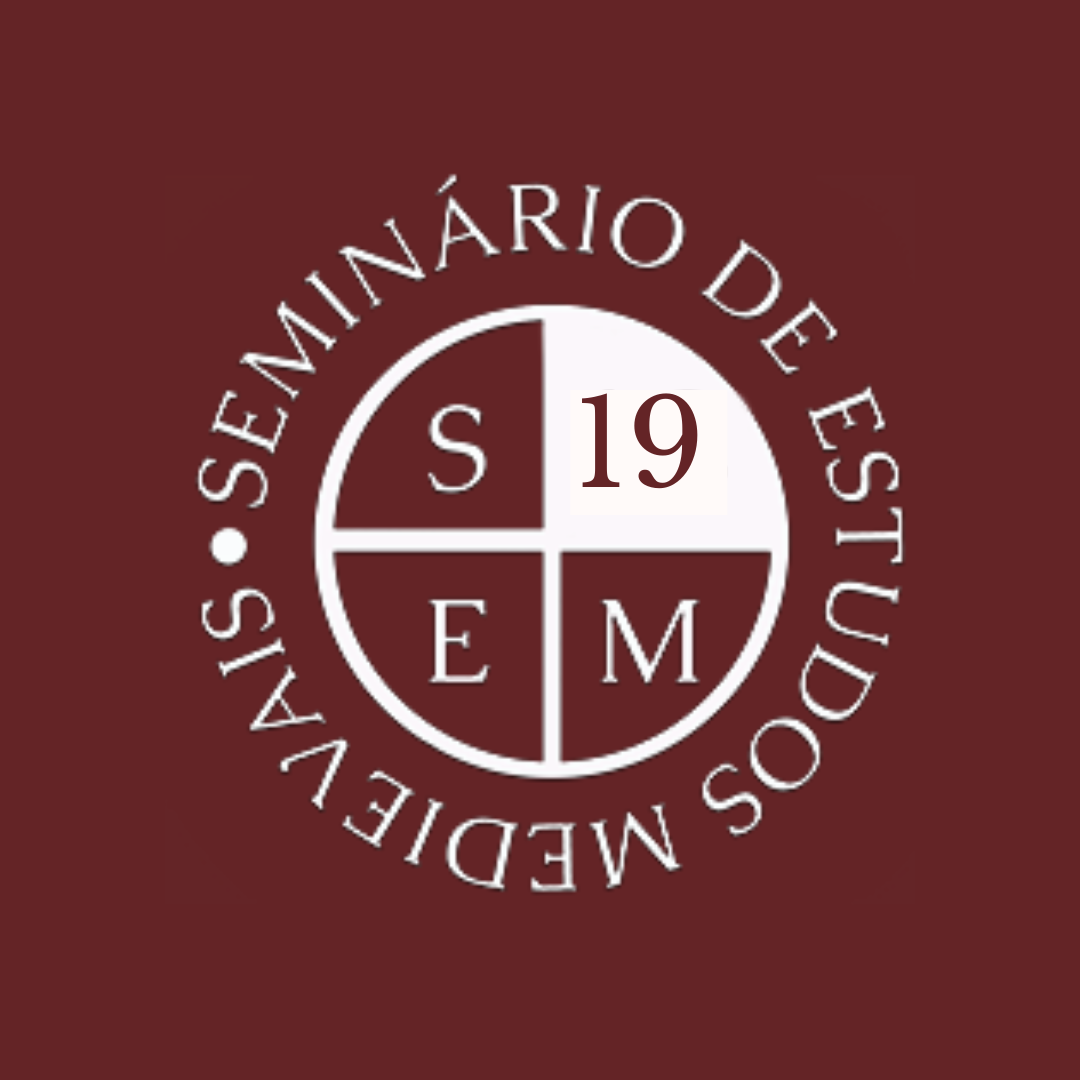Seminar in Medieval Studies: “As matinas a se de començar aqui no Refeitorio. Libros y espacios monásticos en la Iberia Medieval” – Mercedes Pérez Vidal
11.06.2019 | 17:00 - 19:00
Torre B, Multiusos 2, NOVA FCSH, Lisbon

The next session of the Medieval Studies Seminar will be held by Professor Mercedes Pérez Vidal (Heinrich-Heine Universität Düsseldorf).
About this session:
From the beginning of the 90s the multiplication of studies on women religious, in particular cloistered nuns, and the book have changed the traditional view of nuns poor literacy, and low education. They have analysed the role of some of these women and communities in copying, composing, writing, illuminating manuscripts, and also in the formation of monastic libraries. A high number of them have been focused on German convents and, more broadly in Central, North and East Europe, as well as in Central Italy. On the contrary, other Mediterranean regions have not received the same attention and, moreover, the dialogue and comparison between them and North and Central Europe has been insufficient.
Thus, in the Iberian Peninsula, despite groundbreaking recent works, the study of books made and used by women religious, as well as monastic libraries in the Middle Ages still presents many open questions and problems.
One of them is the necessity to move from the book-object to the context, that is to say, to the monastic spaces in which these books were kept and used, and thus to their function. Moreover, some books constitute excellent sources for the analysis of the monastic spaces and their functionality. The Liber Ordinari, or, in a Spanish context, the so-called Consuetas, are without doubts fundamental in the study of liturgical performance in a particular monastery, as well as the sacral topography. Unfortunately, until now we do not know many medieval customaries coming from female monasteries in the Iberian Peninsula. Nevertheless, other kind of liturgical books, like processionals, breviaries, diurnals, rituals, etc provide also precious information. Together with these, we should consider other books, not liturgical but that had actually a ritual use. Some included texts that should be read and interpolated in the liturgy, especially in the office of matins, that can be performed in different monastic spaces. For instance, a Commentary on the Apocalypse by Beato de Liébana, written and illuminated in Lorvão in 1189, was later read at this liturgical hour in the refectory by the Cistercian nuns, as indicated in some marginal notes in this manuscript. By doing so, this community followed an old tradition, documented not only in the Iberian Peninsula, but also in Rome, Cluny and Central Europe. Tradition and memory constituted indeed two key elements of this, and other liturgical performances held in female monasteries. Only the joint study of books and contexts, spaces, allows us to interpret the meaning that both of them have in the definition of the idiosyncrasy of their respective monastic communities.
